This profile is yet to be completed. Contribute what you know and help to complete the Archive.
Creators
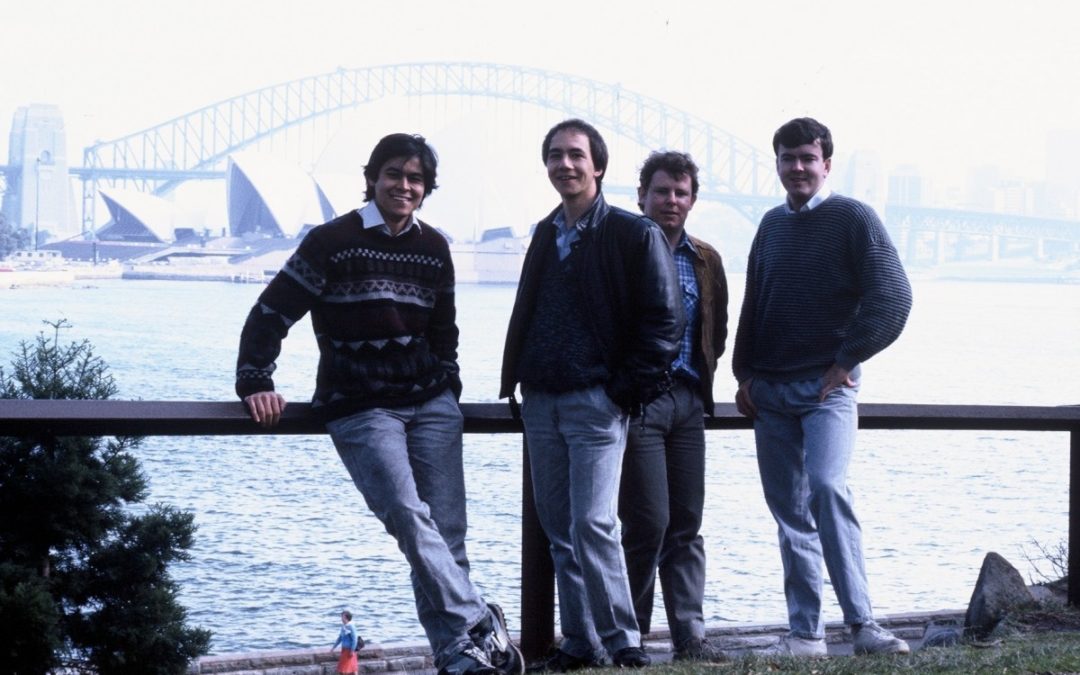
John De Margheriti
John De Margheriti has been a significant contributor to the Australian games development industry both as a games developer and in fostering the local industry. He co-founded Micro Forté studios in 1985. Their first game “Arnies America’s Cup Challenge” or “The Official America’s Cup Sailing Simulation” was designed for the Commodore 64 and was distributed internationally by Electronic Arts.
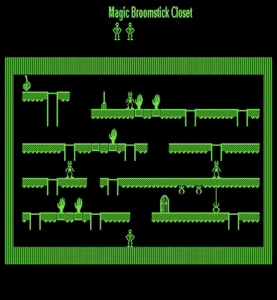
John Passfield
“Halloween Harry” was the last game that the schoolboy Passfield published in the 1980s, although he wrote many more, including a Star Trek Text Adventure. Passfield was also responsible for “Jaruu Tenk”, “Flight of the Amazon Queen” and “Brainiversity” properties. At Krome he co-created the “TY the Tasmanian Tiger” series.
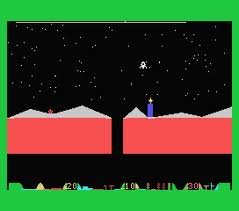
John Perry
John Perry was a teenager when he learned to program games. His game programming was inspired by games that he played at the time. His games were published by Grandstand, and included “Harbour” and “City Lander”. He found game programming more fun than game playing.
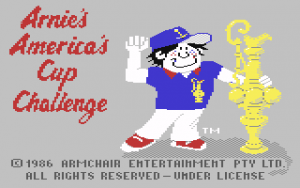
John Reidy
John Reidy was one of the four founders of Micro Forté in 1985 as they launched their studio to create “Arnies America’s Cup Challenge” for the Commodore 64 and Amstrad. Reidy worked on the technical side of memory and graphics for the game.
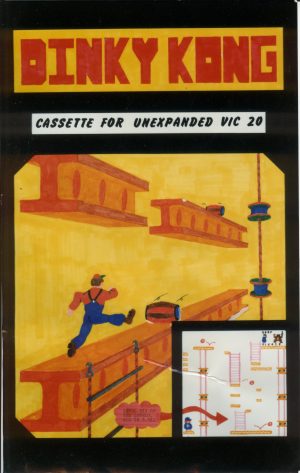
Mark Sibly
Mark Sibly started writing games when he was at school in New Zealand in the mid-1980s. He attended Selwyn College in Auckland and made extensive use of the school’s computers: even before he was at high school, his older brother would bring an Apple computer home from school some weekends. He wrote and self-published “Dinky Kong” (for Vic-20) and “Star Warp” whilst at school. Later, he was involved with Amiga computers and worked with members of Art Software on “Sorceror’s Apprentice”.
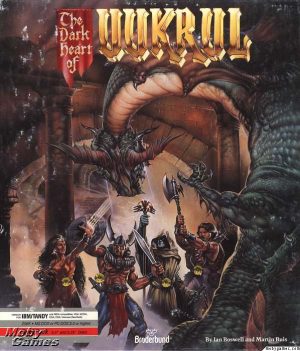
Martin Buis
Martin Buis graduated from Auckland University in New Zealand, where he graduated with Master of Computer Science and a MA in Music. During this time he met Ian Boswell and both worked on The Dark Heart of Uukrul (1989) which was released by Broderbund Software, Inc. This was the final game they designed.
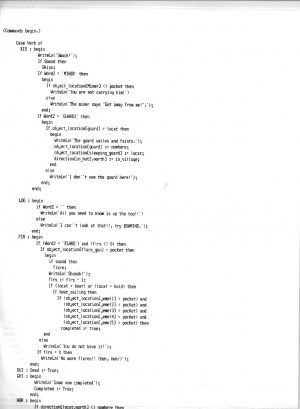
Matthew Hall
Matthew Hall started programming games at the age of seven, and his game designs from the 1980s were produced before he turned fourteen. Hall designed for the Commodore 64, but his magnum opus, “The Jewels of Sancara Island”, was created in class at Edenhope High School, on the school’s Microbee. Hall later went on to be employed at Australian developers Tantalus Interactive and Big Ant Studios. His varied career includes positions as Programmer, Designer, Artist, Associate Producer, Producer and Chief Technical Officer.

Michael Boyd
Michael Boyd was a teenager when he wrote his games for the Sega SC-3000. Between 1985 and 1987 he created games including “Burglar Bill”, “Burglar Bill II”, “Caverns of Karanor” and “Sir Roderick’s Quest”. Boyd worked alone to design his games, with no mentors or collaborators.
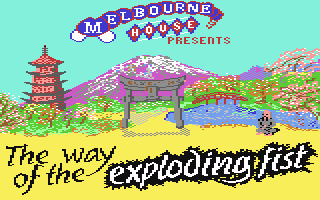
Neil Brennan
Brennan was responsible for the sound in all Beam Software games, composing much of it himself, from his arrival in 1983 till his departure in 1988.
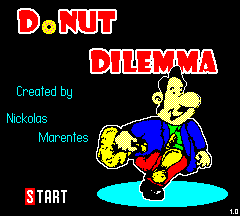
Nickolas Marentes
Nickolas Marentes began programming his TRS80 Model 1 as a schoolboy in 1980. Wanting to create commercial grade games, he set up his own software company ‘Fun Division’. In 1984, Marentes’ upgraded to the Tandy Color Computer. Marentes wrote many games for the Tandy line.
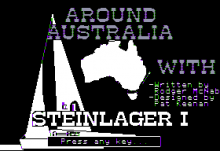
Pat Keenan
Pat Keenan was the maths and computer teacher at Katikati College, near Tauranga, where Rodger McNab was a student and worked on “Sail the Endeavour”. One article says that Keenan designed the programs students at the College coded.
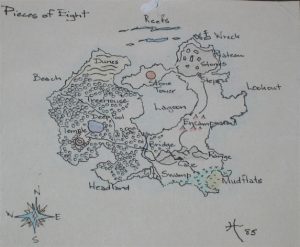
Paul Holland
Holland has extensive experience in managing creative industries organisations in the private and public sector. He has been a Board Chair, Company Director, Chief Executive Officer and General Manager, Executive Producer, Project Manager, Interactive Media Designer, Software Developer, Consultant, Lecturer and Teacher.
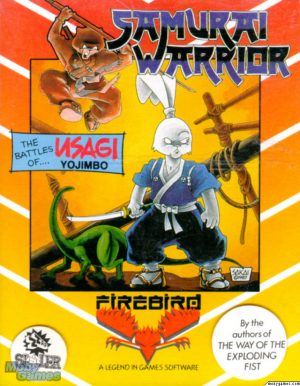
Pauli Kidd
Beams Software’s first non-programmer designer, Kidd was lead designer and producer on a number of Beam’s games of the 1980s including the post-apocalyptic action RPG Doc the Destroyer (1987), and the side scrolling adventure Samurai Warrior the Adventures of Usagi Yojimbo (1988). Kidd contributed to numerous micro computer games including the Exploding Fist series, Street Hassle(1987) and the idiosyncratic Aussie Game (1987-1990). She also worked on Beams new NES titles such as Airwolf (1988) based on the kids TV show of the eighties, and The Punisher (1990).
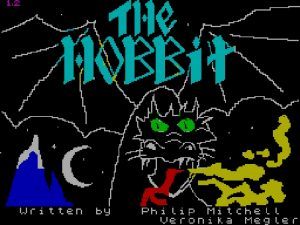
Philip Mitchell
Mitchell is most celebrated for the complex parser he created for The Hobbit. He named the parser INGLISH and it was far more sophisticated than the two word commands that supported by the popular Scott Adams Adventure series. Mitchell’s parser allowed for complex commands to be typed in. Featuring a vocabulary of 800 words, it supported combinations of nouns verbs and adverbs.
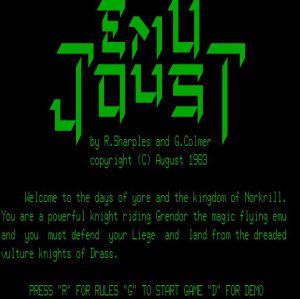
R Sharples
Nothing is known about the authors of Emu Joust. The game was originally released by Mytek but when that company collapsed, it was snapped up by Microbee. Was it the work of a budding coders teaching themselves to program? Or made by two school boys who played Joust in the arcades and wanted a version they could play any time?

Rodger McNab
In 1985, at the age of 13, Rodger McNab created an educational software package for Apple Computers, called “Sail the Endeavour”. This package was distributed internationally, and Apple gave Rodger a $3000 computer for his work.
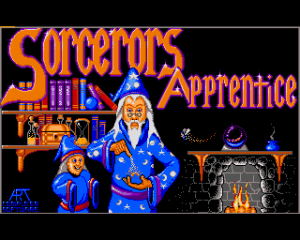
Rodney Smith
Rodney Smith was one of the group of developers for Art Software, who made games for the Amiga computer (along with Blair Zuppicich and Cameron Mckechnie). Mark Sibly joined them on “Sorceror’s Apprentice”. Despite both their games getting a commercial release, they received no money from their publisher. Given this the rights reverted and they made both “Sirius 7” and “Sorceror’s Apprentice” public domain.
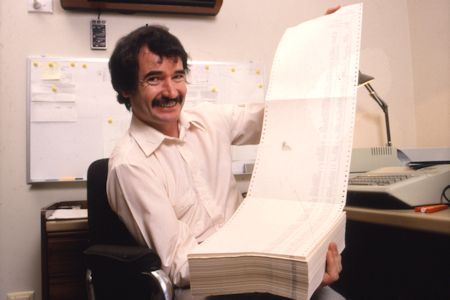
Roger Keating
Roger Keating is one of the two original founders of Strategic Studies Group (SSG). In 1979 Keating wrote and produced his first computer game called ‘Conflict’ for the Apple II. The game was picked up by the American strategy games company Strategic Simulations, Inc and published as ‘Computer Conflict’. Over the last twenty years Keating has been involved with the production of over 50 computer games
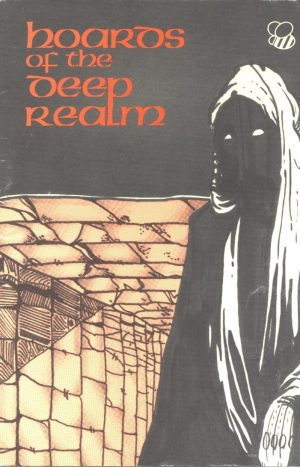
Ron Harris
Ron Harris was a Brisbane-based engineer. According to Vaughan Clarkson, he worked shift work on ABC TV transmission. Outside the hours of his ABC roster, he apparently ran (?) Microbee’s national publishing arm, Honeysoft. Harris’ contribution to “Hoards of the Deep Realm” was as a mentor on microcomputer programming and the industry in general.

Rosanne Gare
Rosanne Gare, originally a teacher, was appointed to set up the software division within Jacaranda Wiley, and oversaw and contributed to the development of many notable games particularly for the educational sector.
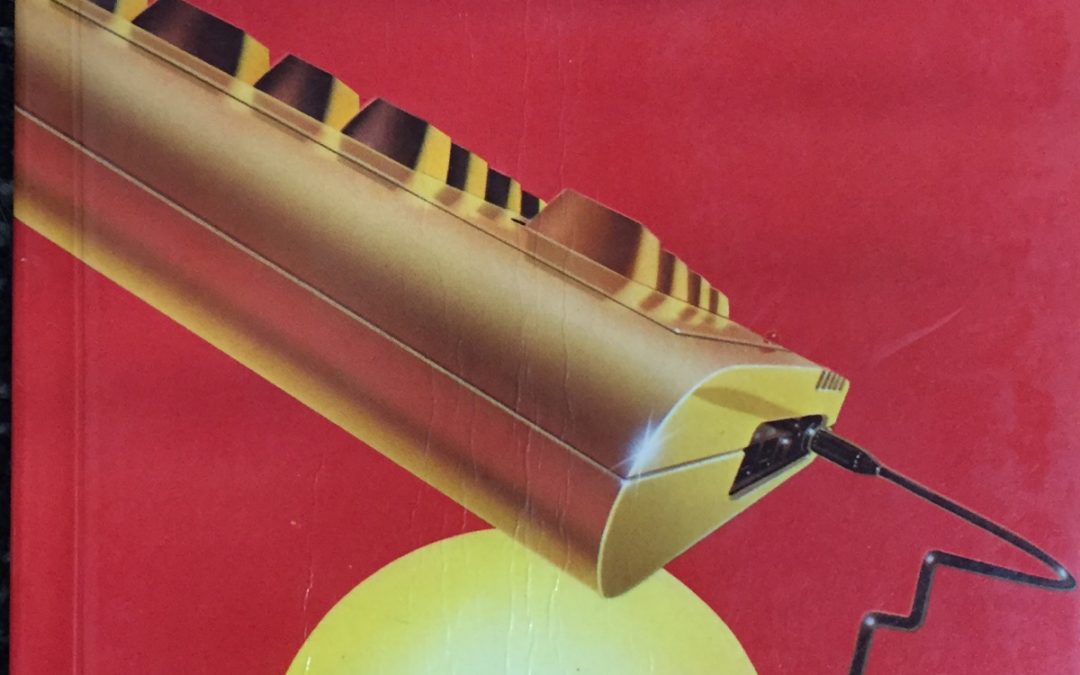
Ross Symons
CEO of Big Ant Studios Melbourne, Ross Symons began his games design career in the late 1970s. In the 1980s the teenage Symon published a series of books with Hartnell’s support. These included “Panther Extended Basic for the Commodore 64” (Interface Publications, 1984) “First Steps in Machine Code on your C64” (Corgi & Addison Wesley, 1984) and “Megabasic for the Commodore 64” (Interface Publications, 1985).
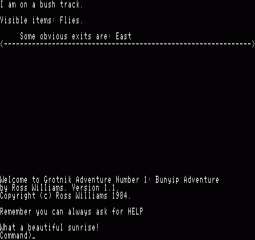
Ross Williams
Ross Williams was part of a small Western Australian company that designed software for the Exidy Sorcerer. After developing Grotnik Wars for the Sorcerer, Williams later ported Grotnik Wars to the Microbee, and started his own company, notably named Grotnik Software. Grotnik Software produced a number of games for the Microbee, including Bunyip Adventure (1984), Grotnik Wars(????) and Link (1985).
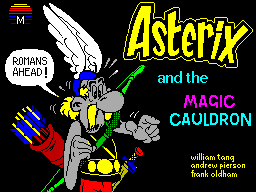
Russel Comte
This profile is yet to be completed. Contribute what you know and help to complete the Archive.
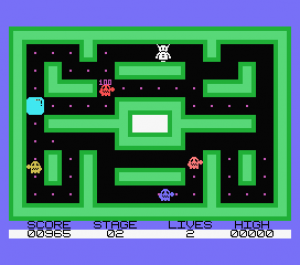
Stephen Coupe
Sega SC-3000 games that Stephen Coupe programmed and designed include “Shootout”, “1986” “Afos” and “Astro”. His games were inspired by popular arcade games of the time. Coupe’s games were sold through Poseidon Software in bundles of three.
